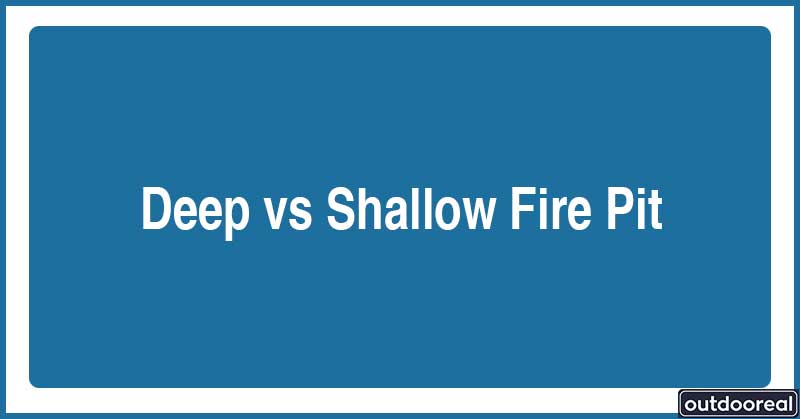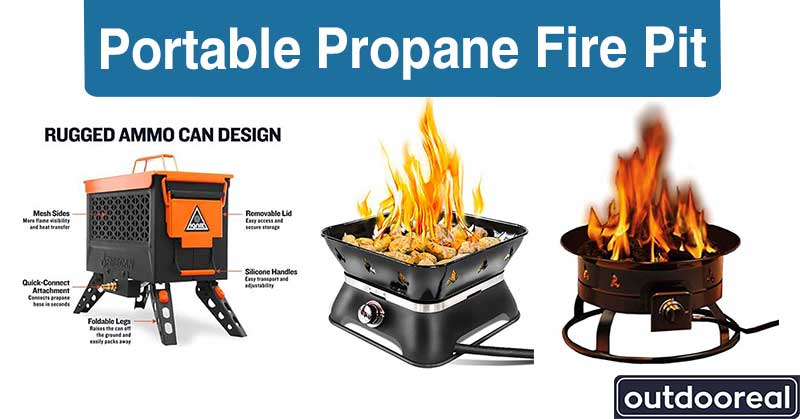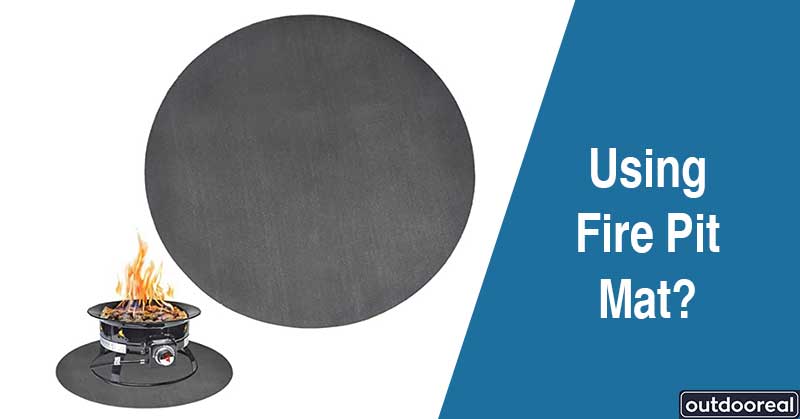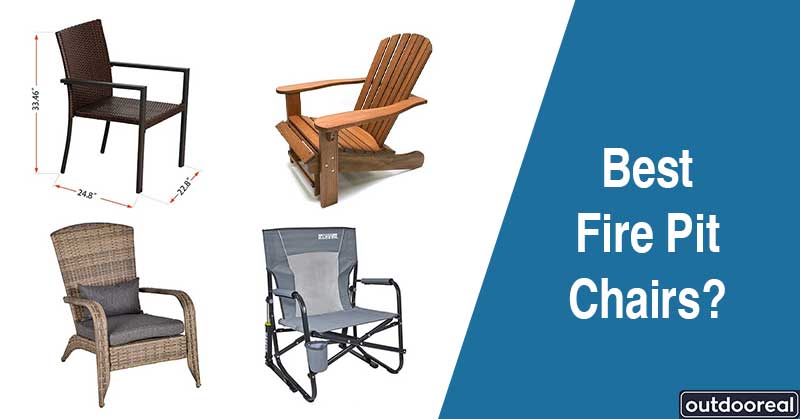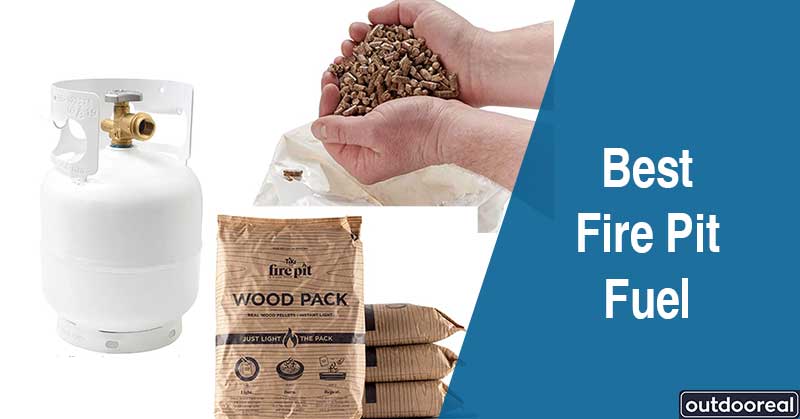Yes, You can use a propane fire pit or natural gas fire pit under a covered patio if the overhead height is installed according to the CSA requirements. The distance from the appliances and ceiling is set at 80 inches. However, remember that a wood-burning fire pit can not be used under a covered patio.
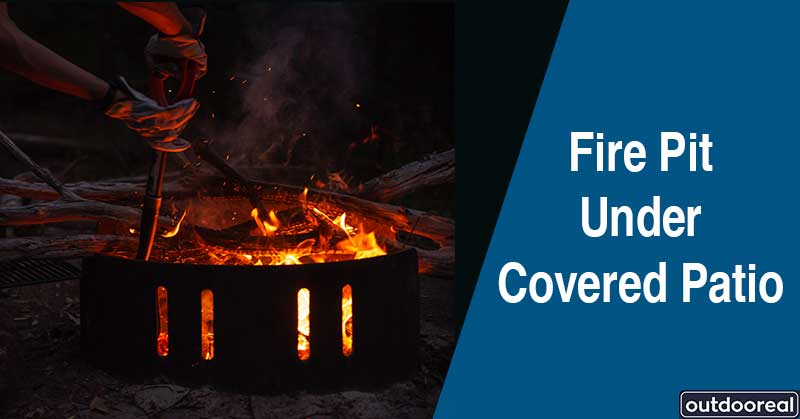
Is it Safe to Have a Fire Pit Under a Covered Patio?
Installing a fire pit under an enclosed or covered patio is safe when the minimum height distance requirements from CSA are met. Also, your city must approve your fire pit for establishing a propane or gas fire pit. According to different types of fire pits, the instructions are different;
Wood Burning Fire Pit:
Wood burning fire pit should never be used in an enclosed patio or deckings because it creates smoke and ember that may cause flammable things to ignite and create unpredicted fire disasters.
Propane Gas Fire Pit:
For a propane gas fire pit, it’s safe to use it under a covered patio by following the safety and overhead height distance clearance requirements. However, the maintenance of low heat is recommended.
Natural Gas Fire Pit:
It’s safe to use under enclosed patios, as it produces lesser heat than other fire pits. The safety distance should be maintained in the case of the natural gas fire pit.
How Much Overhead Clearance Do You Need for a Fire Pit?
Though the propane or gas fire pit’s heat can be controlled, it still emits heat, and the heat rises slowly. Therefore, if the minimum clearance distance above the fire pit is not met, the patio cover can get overheated, damaged, and may catch fire.
- For a Propane fire pit, you need 7 feet or 80 inches overhead height clearance, and 36 inches or 3 feet side clearance for fire pits up to 200,000 BTU. Also, for fire pits, more than 200,000 BTU needs a minimum of 48 inches or 4 feet side clearance and 120 inches or 10 feet overhang clearance
- For Natural gas fire pit, you need 36 inches or 3 feet of side clearance and 84 inches, or 7 feet of overhead height clearance for fire pits up to 200,000 BTU. Also, for natural gas fire pits, more than 200,000 BTU needs a minimum of 48 inches or 4 feet side clearance and 120 inches or 10 feet overhang clearance.
Still, before installing a fire pit in a covered patio, check the owner’s or manufacturer’s instructions regarding an amusement fire. Also, make sure to check the city-state guidelines from the fire departments.
Can You Use a Fire Pit Under a Gazebo or Pergola?
Yes, you can use a propane or gas fire pit under a gazebo or pergola by ensuring massive ventilation, proper safety maintenance, and precautions. However, it’s not recommended to have a fire pit under a pergola or gazebo because the smoke will rise high, and despite having a ventilation channel around it, the smoke will still rise to the top due to its low molecular mass and get trapped in the top. This trapped smoke may create toxic carbon mono oxide and harmful substances, which may produce severe health disasters for the people who enjoy fire pit under a pergola or gazebo for a long time.
Can You Use a Fire Pit in a Screened-in Porch?
Yes, but only propane and the natural gas fire pit can be used on a screened-in porch by ensuring the ceiling height and side wall distance clearance set by CSA. Also, the place needs to be adequately ventilated and clean. Finally, the veranda must never be enclosed, as enclosed areas are prone to catch fire. Besides other safety measurements, you must use a fire pit pad between the porch and the fire pit because the heat underneath from the pit may damage the patio and sometimes cause a fire.
[You may also like: What things you must avoid putting under your fire pit?]
How Much Overhead Clearance Does a Propane Fire Pit Need?
A propane fire pit’s heat is easy to control; however, it still produces heat, which can be a reason for a fire disaster if overhead clearance is not met. A propane fire pit needs a minimum of 80 inches or 7 feet overhead(from ceiling to the fire pit) height clearance, according to CSA.

